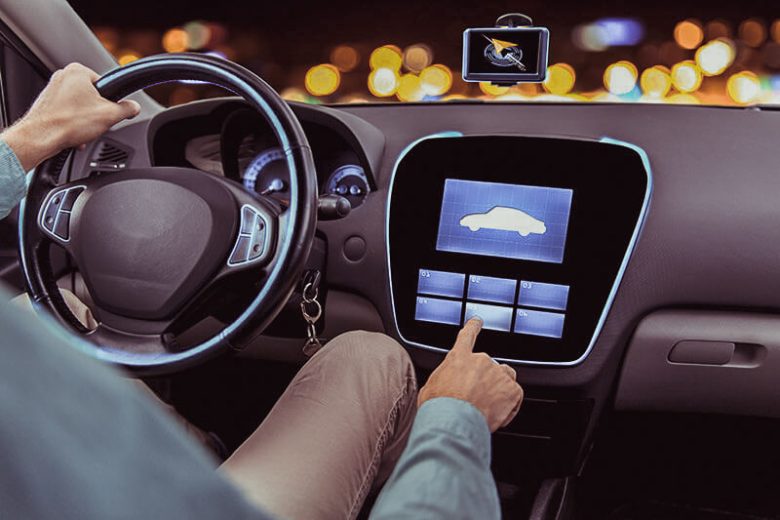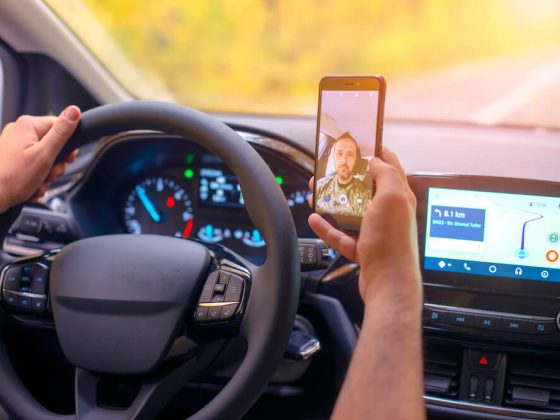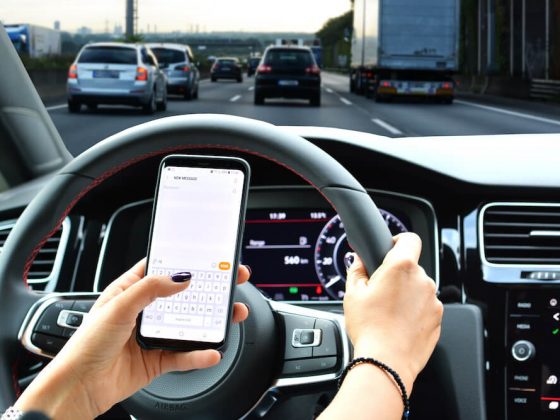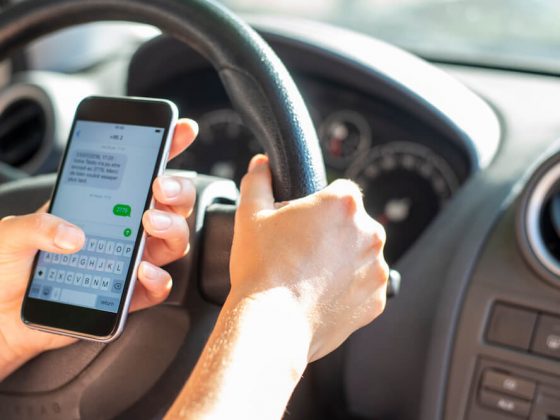A recent AAA vehicle safety study suggests that high-tech cars contribute to distracted driving, which reduces safety on the roads.
Use eTags© to Quickly Complete Your DMV Service. Renewals, Title Transfers and More, All Online!
Older drivers are more vulnerable to this modern form of distraction, mostly drivers aged 55 and over.
Newer car features now include seat warmers, smart windshield wipers, and in-dash sketch pads to doodle while driving.
Are high-tech cars really distracting?
The new study carried out by the University of Utah for the AAA Foundation for Traffic Safety, revealed that older drivers find many smart in-car features to be rather confusing and more demanding as opposed to younger drivers do.
Jake Nelson, AAA Director of Traffic Safety Advocacy and Research commented:
“The technology we’re putting in cars today are unsafe for all of us to use, especially for older adults. Our advice to consumers is that just because technology is built into your car doesn’t mean that it’s safe to do those things.”
The nature of the study consisted on splitting their sample into two groups:
- Younger age group: 21-36 years old.
- Older age group: 55-75 years old.
Each driver was asked to drive a 2018 car equipped with smart features including navigation screens and voice activation commands.
Under performance, participants were asked to send texts, adjust the radio feature, activate the navigation system, and make a call.
Results and key notes on the study
The results suggested that older drivers demonstrated higher levels of cognitive and visual demand, compared to the younger age group.
Marked differences increased when older drivers were completing any in-car information system task, or IVIS.
Yet the study also found that both age groups found some in-car tech features equally challenging and demanding.
The study concluded:
“Given the demands associated with IVIS tasks, drivers of all ages should use these infotainment technologies only for legitimate emergencies or urgent, driving-related purposes.”
David Strayer – a professor of cognition and neural science at the University of Utah and one of the study authors – mentioned that high-tech cars come with way too many features.
Strayer added:
“We found older drivers, who, for the most part, are the consumers who have the resources to purchase these newer vehicles, are having more difficulty using these features than the 20- and 30-year-olds.”
In addition, Strayer also made an interesting point:
“Smart cars are making us more distracted more of the time. The car is now becoming as complicated as a complex plane in many cases. You’ve got 200 buttons and all kinds of screens and voice commands.”
Paul Brown – a 71-year-old retired attorney from Salt Lake City – was one of the drivers who took part in the project.
In regards to his performance, Brown opined:
“It was a comedy of errors.”
He continued on his evaluation:
“I don’t need something that is going to do everything for me and distract me while I’m driving. Quite frankly, when I was driving, I found myself feeling as if I was driving dangerously because of all of those distractions.”
Brown also mentioned that he found the large display screen on his right completely distracting.
Brown said:
“If I was driving that kind of car, I would probably put a napkin or blanket or something over that screen so that I could concentrate on driving the car,” Brown said, adding that he prefers older, simpler cars.
Strayer added that high-tech cars were originally equipped with large displays screens to guide drivers with a back-up camera that will let them check the rear while reversing.
The University professor also commented that these screens also come with other features that hinders a driver’s ability to drive safely.
Strayer mentioned:
“Those screens grew from simple three inch by five inch back-up displays to 17-inch monitors. Now they’re so big they’re the size of a desktop computer.”
In a similar argument, Strayer expressed his concern for turning easy-to-use features into impractical tasks.
The Utah-based professor recommended that drivers should test out all the in-car features before leaving the parking lot.
He concluded:
“If we can design a system to make it so that utilizing a car’s features is no more distracting than tuning your radio, if we can achieve that for the older adult driver, we can all benefit from that.”
Do you find high-tech cars increasingly distracting or easy-to-use? Let us know in the comments below.








